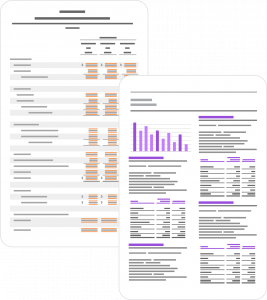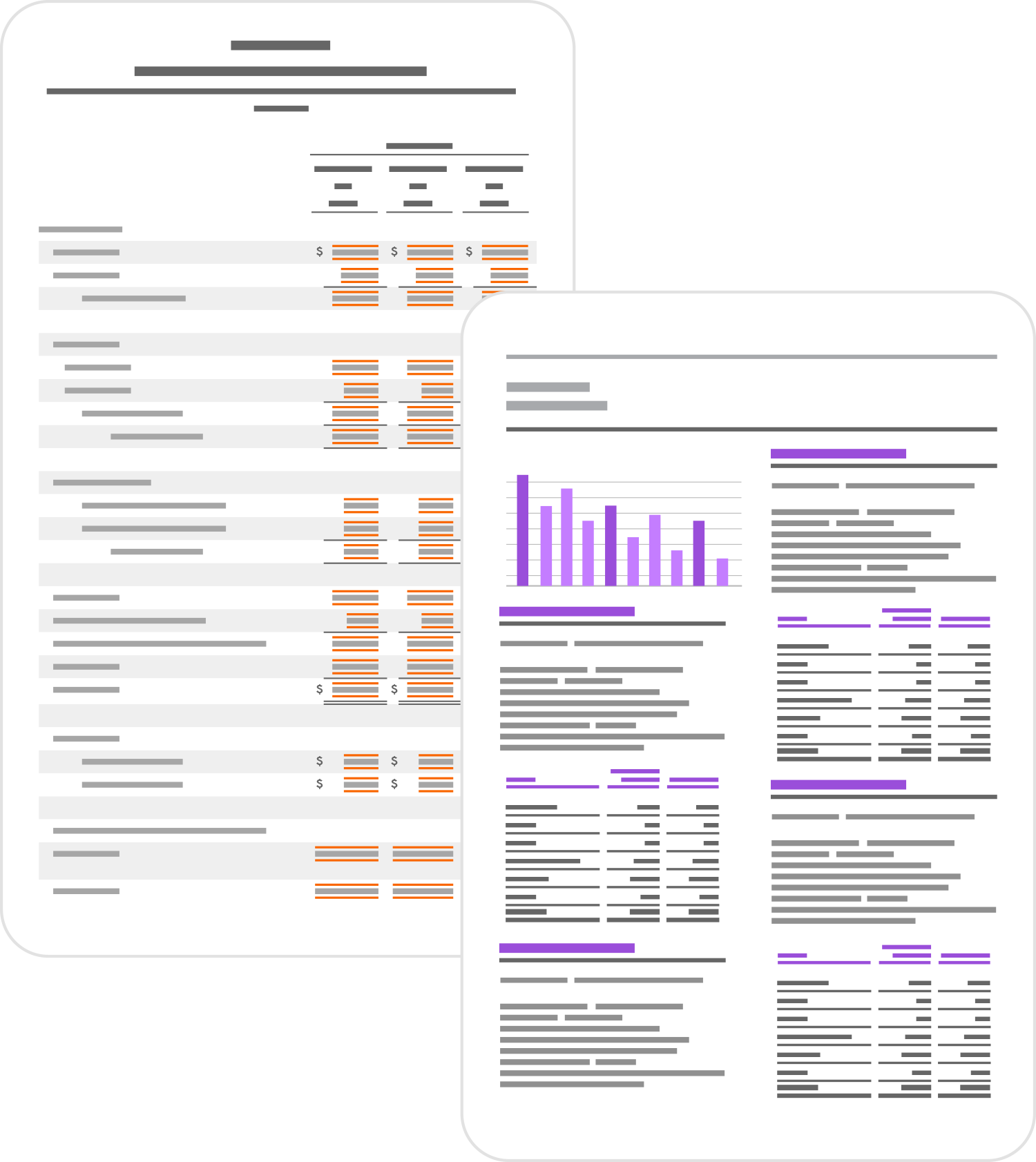SEC Filing
SEC Filing

Gravity helps the users to streamline and simplify the SEC reporting process. This includes reports like Form 10-K (annual), Form 10-Q (quarterly), and Form 8-K (significant events). Gravity does this by reducing risks, costs, and data inaccuracies that can occur during the external reporting process.
Using Gravity for SEC filing is fast and easy. The platform contains the taxonomy and automatically creates forms that can link to your report structure. No manual tagging is needed in Gravity. Furthermore, there’s no need to create things from scratch, as tables can be imported from existing SEC filings, base taxonomies, or local files. Just tweak the tables to suit your needs, this goes for year-over-year changes as well: Gravity always targets the latest taxonomy, so you need only make minor changes each period. Modifying your taxonomy doesn’t require any complex re-tagging, change only what you need and Gravity will rebuild the forms for you, deal only with the changes you made.
Gravity tagging technology, your XBRL data point automatically matches your report liner items.
Gravity’s iXBRL is unique in the market by providing highly formatted desktop publishing style quality output, even within the constraints demanded by the SEC.
Gravity’s SEC production includes collaboration, workflow, and audit trail.
Gravity’s SEC reporting can optionally use all the underlying data (Statements and notes) from Gravity’s Multi-Dimensional Financial Management (MDFM) that supports automatic group consolidation for the statements, disclosures, and notes.
Gravity support US-GAAP and IFRS taxonomies for dual filers.
Getting up and running with Gravity is fast and easy, simply import to Gravity your latest SEC files (instance and taxonomy) and Gravity automatically sets up the report, no need to do tagging.

Gravity helps the users to streamline and simplify the SEC reporting process. This includes reports like Form 10-K (annual), Form 10-Q (quarterly), and Form 8-K (significant events). Gravity does this by reducing risks, costs, and data inaccuracies that can occur during the external reporting process.
Using Gravity for SEC filing is fast and easy. The platform contains the taxonomy and automatically creates forms that can link to your report structure. No manual tagging is needed in Gravity. Furthermore, there’s no need to create things from scratch, as tables can be imported from existing SEC filings, base taxonomies, or local files. Just tweak the tables to suit your needs, this goes for year-over-year changes as well: Gravity always targets the latest taxonomy, so you need only make minor changes each period. Modifying your taxonomy doesn’t require any complex re-tagging, change only what you need and Gravity will rebuild the forms for you, deal only with the changes you made.
Gravity tagging technology, your XBRL data point automatically matches your report liner items.


Gravity’s iXBRL is unique in the market by providing highly formatted desktop publishing style quality output, even within the constraints demanded by the SEC.
Gravity’s SEC production includes collaboration, workflow, and audit trail.
Gravity’s SEC reporting can optionally use all the underlying data (Statements and notes) from Gravity’s Multi-Dimensional Financial Management (MDFM) that supports automatic group consolidation for the statements, disclosures, and notes.
Gravity support US-GAAP and IFRS taxonomies for dual filers.
Getting up and running with Gravity is fast and easy, simply import to Gravity your latest SEC files (instance and taxonomy) and Gravity automatically sets up the report, no need to do tagging.